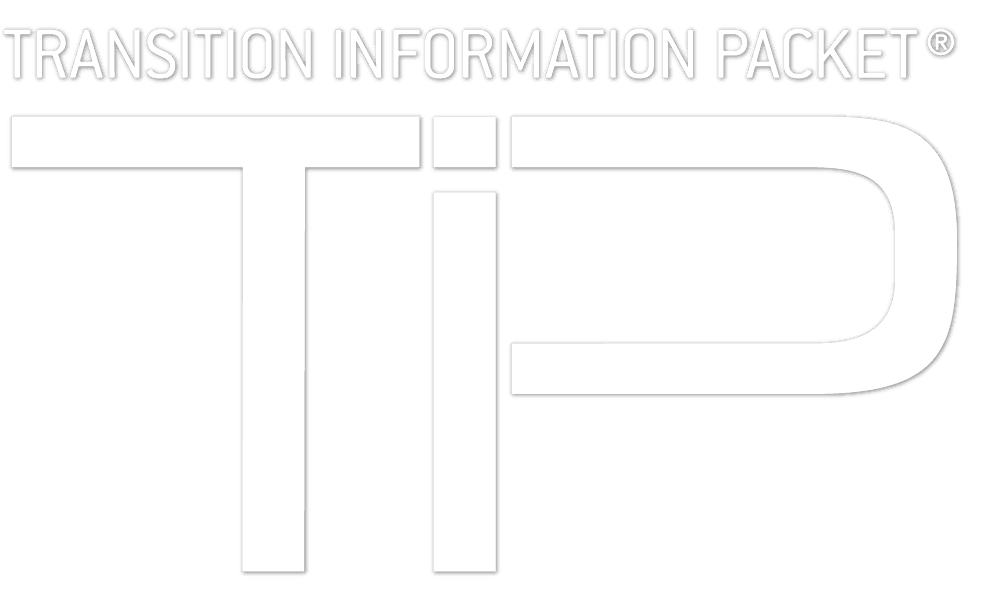With science and technology continually advancing, how do you define advanced manufacturing? Broadly speaking, advanced manufacturing uses innovative technology to improve products or processes. Given the broad definition of advanced manufacturing, several markets fall under its umbrella. Manufacturing.gov provides a glossary that covers key terms in advanced manufacturing with helpful definitions for growing areas such as smart manufacturing, Rapid Prototyping, Robotics, Digital Manufacturing, Computer-Aided Design (CAD), Computer-Aided Manufacturing (CAM), 3D Printing, and Additive Manufacturing. To provide additional insights, the American Society of Mechanical Engineers (ASME) infographic titled Understanding Advanced Manufacturing.
As part of the advanced manufacturing market, MarketsandMarkets reports that the smart factory market is forecast to be valued at $205.42 billion by 2022, growing at a compound annual growth rate (CAGR) of 9.3%, between 2017 and 2022. The group attributes this growth to the increase in adoption of industrial robots, and the evolution of Internet of Things (IoT). Furthermore, distributed control system (DCS) technology is expected to hold the largest share of the overall smart factory market in 2017. As described by MnM, DCS is used to offer regulatory controls to the manufacturing process industry and provides the finest control for the regulatory applications and is used for the integration of power measuring devices, drives, and soft starters. Integration of motor managing data in the DCS helps in real-time monitoring of the motors and is used to detect the failures in the motors before their occurrences. In terms of the major players in this space, the following components, equipment manufacturers, system integrators, and distributors provide noteworthy offerings: ABB Ltd.(Switzerland), Atos SE (France), Emerson Electric Co. (U.S.), FANUC Corporation (Japan), General Electric Co. (U.S.), Honeywell International Inc. (U.S.), Mitsubishi Electric Corporation (Japan), Robert Bosch GmbH (Germany), Rockwell Automation, Inc. (U.S.), Schneider Electric SE (France), Siemens AG (Germany), and Yokogawa Electric Corporation (Japan).
Frost & Sullivan also provides extensive coverage of the advanced manufacturing space, including digital manufacturing technologies, which have experienced significant technological growth in the past few years. As part of this growth, industries are looking to utilize “digital intelligence” to promote the efficient sharing of information, product or process related, between the equipment and the enterprise. In its coverage of additive manufacturing, Frost & Sullivan notes that the market is growing at a CAGR of 15% from 2015-2015, with the aerospace, automotive, and medical industries expected to account for 51% of the 3D printing market by 2025.
In its coverage of additive manufacturing, BCC Research reports that the global market for 3D printing will grow from nearly $3.7 billion in 2016 to more than $10.4 billion by 2021, with a CAGR of 23.2% for the period of 2016-2021 and the market for 3D printing materials reached $475.4 million in 2015. BCC Research reports that the market for 3D printing materials is expected to reach $576.6 million in 2016 and over $1.5 billion in 2021, registering a compound annual growth (CAGR) of 21.5% over the next five years. In terms of the 3D metal print industry, BCC Research anticipates that solutions to challenges in this space will lead to a major increase in additive manufacturing-produced metal products by 2021. According to the reports, metal products produced by additive manufacturing had a value of about $210 million in 2016, which is just a small portion the $10-plus trillion global manufacturing market. By 2021, BCC Research predicts new SLM software, alongside consistent optimized powders, could drive this figure just more than $2 billion. As noted by MarketsandMarkets, the major players in the 3D printing market include: Stratasys Ltd. (US), 3D Systems Corporation (US), EOS GmbH (Germany), Materialise NV (Belgium), SLM Solutions Group AG (Germany), Arcam AB (Sweden), Concept Laser GmbH (Germany), The ExOne Company (US), Voxeljet AG (Germany), Proto Labs, Inc. (US), Optomec Inc. (US), ARC Group Worldwide, Inc. (US), GROUPE GORGÉ (France), EnvisionTEC GmbH (Germany), Mcor Technologies Ltd. (Ireland), Beijing Tiertime Technology Co. Ltd. (China), Renishaw plc (UK), XYZprinting (Taiwan), Ultimaker BV (Netherlands), Koninklijke DSM N.V. (Netherlands), Höganäs AB (Sweden), taulman3D, LLC (US), Nano Dimension (Israel), Carbon Inc. (US), Markforged, Inc. (US), and Cookson Precious Metals Ltd. (UK).
In early February 2018 the National Science and Technology Council, Subcommittee on Advanced Manufacturing (NSTC SAM) published a Request for Information (RFI) as part of its plan to develop a National Strategic Plan for Advanced Manufacturing. The intent of this plan is to improve Government coordination and provide long-term guidance for Federal programs and activities in support of United States manufacturing competitiveness, including advanced manufacturing research and development over the next five to ten years. The RFI indicates that input is requested from the public, including stakeholders from industry, academia, and non-profits active in advanced manufacturing, that may be used as input into developing the National Strategic Plan for Advanced Manufacturing. Additionally, the Department of Energy (DOE) Advanced Manufacturing Office provides information on funding opportunities, roadmaps, strategic plans, and events.
In April 2017 the Government Accountability Office (GAO) published a report discussing a December 2016 agreement among the Departments of Defense (DOD), Energy (DOE), and Commerce (Commerce) to establish 11 manufacturing innovation institutes. The Manufacturing USA institutes are part a national strategy to build a strong and vibrant domestic industrial base.
For more ways to engage, a listing of advanced manufacturing conferences is available here.
Posted on March 8, 2018 by Eliza Gough



